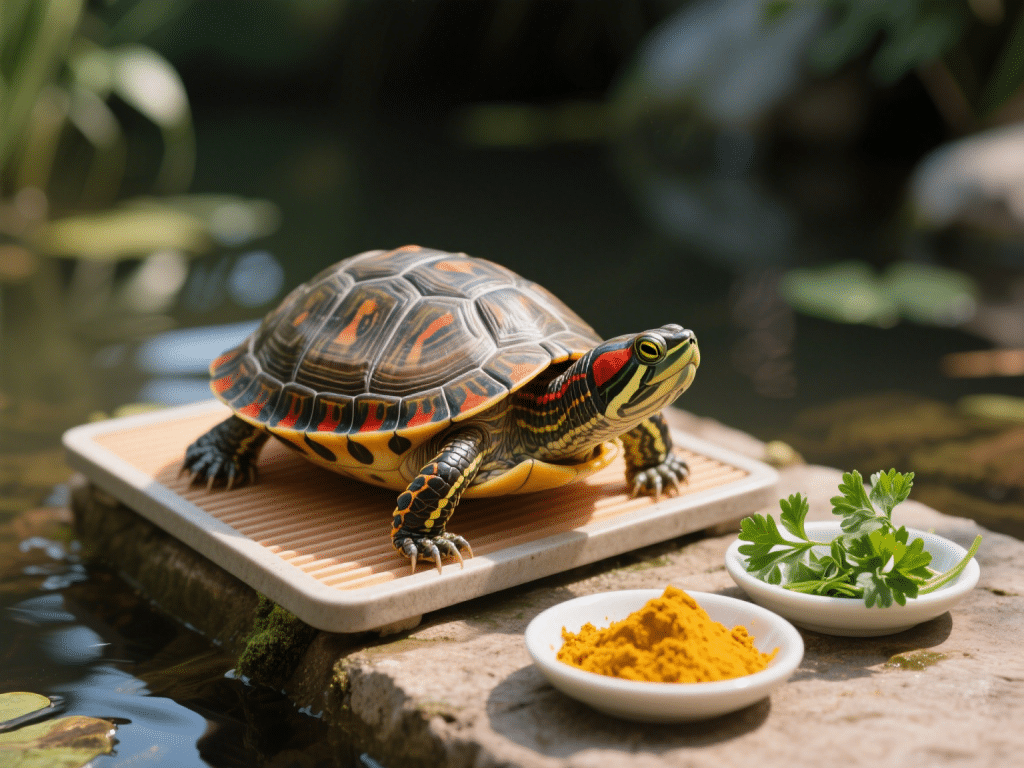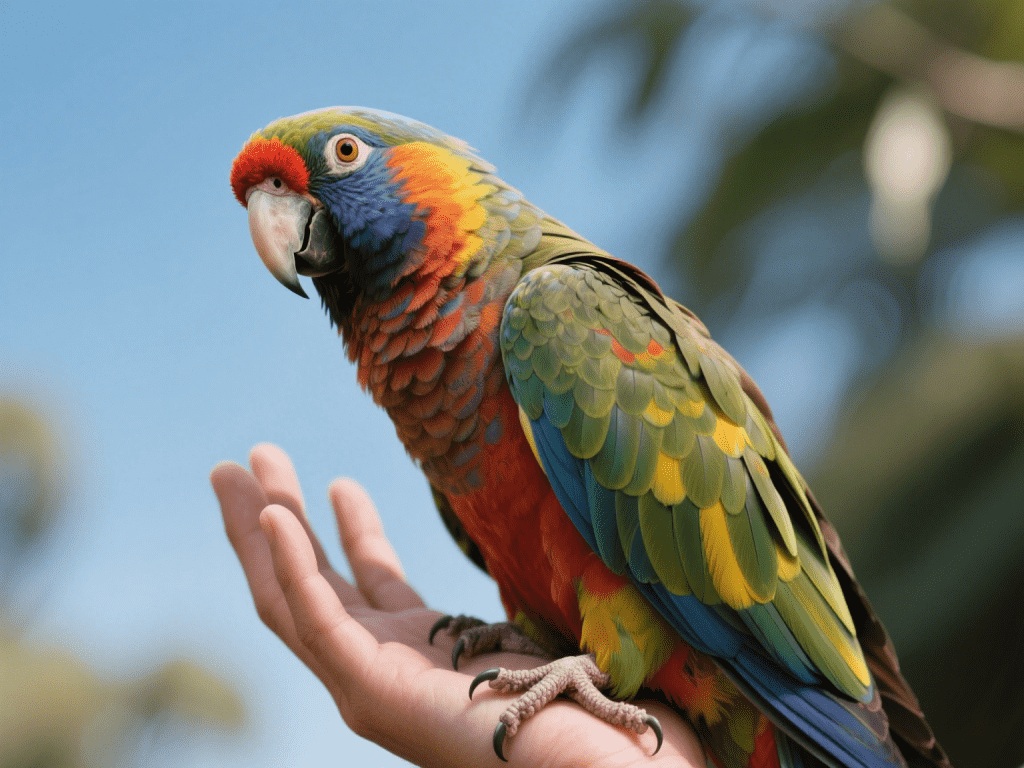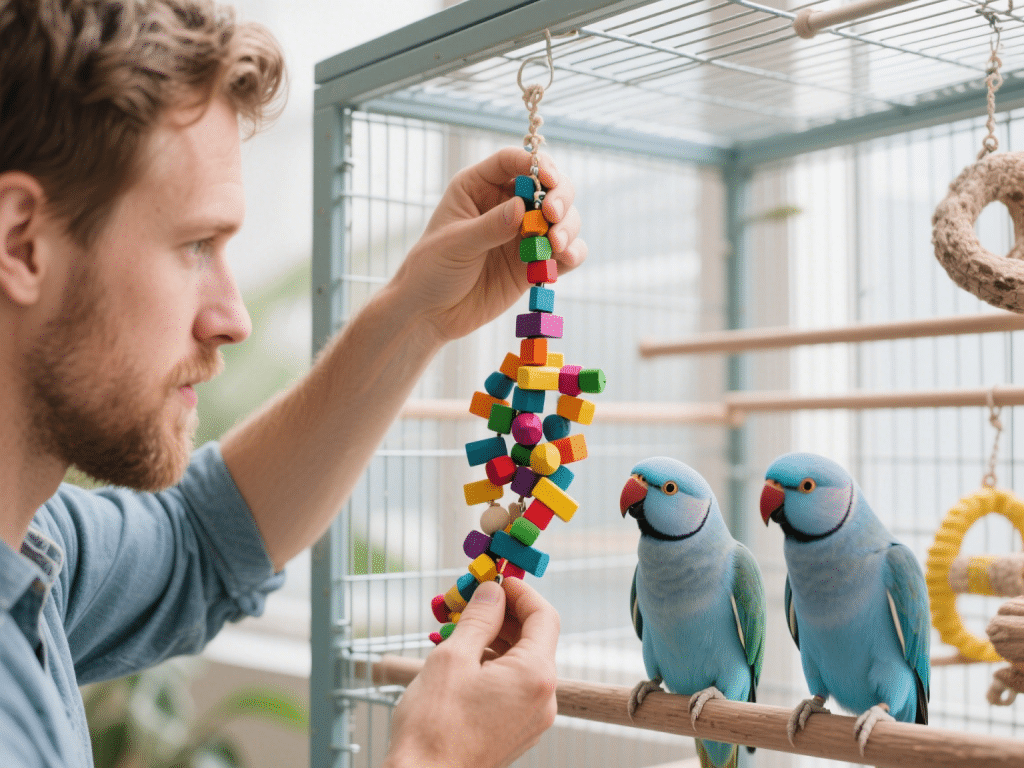
Over my nine years as a reptile rehabilitator, shell disorders rank among the most serious yet treatable conditions for pet turtles. Early recognition and proper intervention can reverse damage and restore protection. In this comprehensive guide, I’ll outline the signs of shell problems and step‑by‑step treatments to nurse your shelled companion back to health.
Why Shell Health Is Critical
Protection Barrier: The shell guards against predators and infection.
Mineral Reserve: Shell stores calcium and phosphorus essential for metabolism.
Indicator of Systemic Health: Shell anomalies often signal dietary or environmental issues.
Top Five Shell Conditions
1. Shell Rot
Signs: Soft, pitted scutes; foul odor; discoloration.
Treatment:
Isolation & Cleaning: Remove turtle to a dry holding container; scrub the shell gently with diluted chlorhexidine.
Dry Docking: Keep turtle out of water 2–3 hours daily to let shell dry.
Topical Antifungal/Ointment: Apply veterinarian‑prescribed cream twice daily.
Monitor: Photograph weekly to track scute regeneration.
2. Pyramiding
Signs: Raised, peaked scutes resembling a pyramid.
Prevention & Correction:
Increase humidity to 60–70%; ensure proper UVB and calcium supplementation.
Offer varied natural foods (leafy greens, insects) to balance protein.
3. Metabolic Bone Disease (MBD)
Signs: Soft shell, deformities, lethargy.
Treatment:
Adjust UVB lamp distance and replace bulbs every 6 months.
Provide calcium‑to‑phosphorus ratio of 2:1 via supplements.
4. Shedding Scutes
Signs: Loose, peeling scute layers (normal if small patches).
Care:
Soak turtle in shallow, lukewarm water for 15 minutes to facilitate shedding.
Gently rub with a soft cloth—never pry off scutes.
5. Algal Overgrowth
Signs: Green or black film on shell surface.
Cleaning:
Scrub with an aquarium brush; incorporate live plants to compete with algae.
Increase water flow to reduce stagnant pockets.
When to Seek Veterinary Help
Deep Ulcers or Pits: Risk of secondary bacterial infection.
Persistent Odor or Discharge: Indicates advanced shell rot.
Systemic Signs: Loss of appetite, lethargy, or swelling at the body‑shell interface.
Preventive Habitat Management
UVB & Heat: Ensure 12 hours of UVB and 90–95 °F basking.
Clean Water: Change 25% weekly; deep clean filter monthly.
Balanced Diet: Rotate calcium‑rich greens and live prey to maintain mineral balance.
Conclusion
By familiarizing yourself with common shell disorders and taking swift, informed action, you can prevent minor issues from becoming life‑threatening. With attentive habitat care and timely treatments, your turtle’s shell will remain a strong, healthy fortress for years to come.










